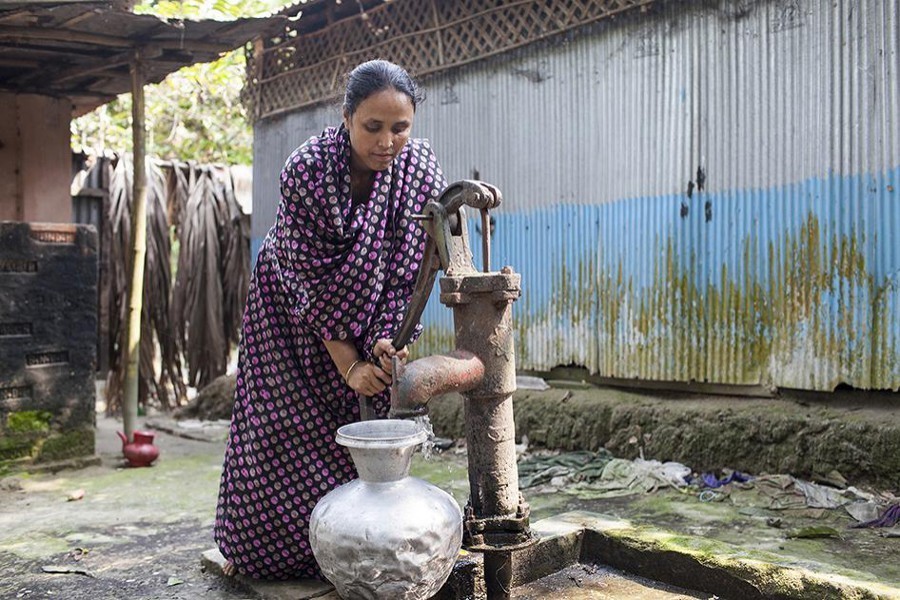Experts urged the government to raise the allocation on hygiene in the proposed national budget for 2021-22 fiscal year (FY22) as a key priority to fight Covid-19 and keep the progress to meet SDG goals.
They also called for eliminating the budget gap between urban and rural areas as such an entrenched gap needs to be reduced and an equitable allocation is also solicited to achieve SDG 6.
Moreover, they noted insufficient allocation and lack of focus for the hygiene sub-sector which needs to fight against the Covid pandemic and reducing the gap in WASH allocation of resources in rural and urban areas.
Speakers made the calls at a joint press conference held by WaterAid, UNICEF, PPRC, FANSA-BD, FSM Network, Sanitation and Water for All, WASH Alliance, MHM Platform virtually on Sunday.
Dr Hossain Zillur Rahman, Chairman of the Power and Participatory Research Centre presented the keynote paper.
He said, “Geographical inequality of WASH allocations remains significant, where cities and towns have received the highest percentage of the allocated funding compared to rural, char, hilly, and coastal areas in previous years.”
Hasin Jahan, Country Director of WaterAid said, “The government has proposed to repel VAT on sanitary napkins, which is praiseworthy. There needs to be a monitoring mechanism to materialise this change in price so that women and girls can be benefited.”
The keynote analysis, reflecting the proposed allocation for WASH, shows a slight decline with Tk 119.55 billion FY22 from Tk 122.27 billion.
Following the legacy of previous years, the allocation for the sub-sector hygiene has been overlooked in the 2021-22 fiscal year regardless of the predominance of the pandemic.
Currently, the Covid-19 infection rate is showing a notable upward trend in districts indicating an urgent need to scale up hygiene and WASH facilities to combat further spread of the virus transmission, they added.
Spatial inequities between urban and rural areas, the four WASAs and 11 city corporations remain constant as cities and towns continue to receive most of the funding at the expense of rural, char and hard-to-reach areas, despite acute needs, read the presentation.
The analysis reflected the gap of deliveries between urban and rural areas widening over the years, revealing that in five years’ period there happens to be almost no change in shares of urban (80pc – 83pc) and rural (20pc -17pc) allocation.


